Stockpiling toilet paper as part of your long-term disaster survival plan can be a bit tricky. Toilet paper takes up a whole lot of room to store, and will absorb destructive moisture if there is even a tiny rip in the package.
If you put paper to pencil and do a little factoring, the amount of toilet paper needed for even one person for only 12 months is astounding.
A report on toilet paper use revealed that most people us 20,805 sheets of toilet paper per year – about 57 sheets per day… especially women. That also amounts to about 50 pounds of toilet paper per person, on a conservative level.
The average roll of single ply toilet paper contains 1,000 sheets and double ply rolls typically contain 500 sheets.
No matter what type of toilet paper you buy, that would amount to an astronomical number of rolls for a single prepper, let alone an entire prepping family.
Even if you purchase the cheapest single ply toilet paper your local bargain big box store stocks, all the toilet paper you would need for a long-term SHTF even would cost thousands of dollars, and fill more than the standard size bedroom.
To truly be prepared for bathroom needs, a prepper needs to go old school and grow their own.
Even when society starts to rebuild itself after a doomsday disaster, toilet paper will not be a priority for whatever semblance of government was left standing.
It might be feasible for some folks with deep pockets and copious amounts of storage space to stockpile enough toilet paper for a family to use throughout a long-term disaster, but such a scenario probably will not work well for most of us.
On our survival retreat we will be personally responsible for a family of seven at a minimum.
I surely do not want to give up the amount of storage space it would take to keep that many people in the amount of toilet paper they would need – even if they cut their usage in half.
The best option for preppers is to go a far more natural and old-fashioned route when it comes to toilet paper preps – grow your own.
Table of Contents
Benefits of Growing Your Own Toilet Paper
Commercially manufactured toilet paper has only existed for 100 years or so. Until then, factories started churning out packages of toilet tissue, folks use items from nature to clean their bottoms – and still do in some remote areas of the world.
For centuries, before toilet paper was invented, plants were the primary method used to wipe your bottom – unless you were a member of the affluent class.
Wealthy folks used rose water, wool, hemp, and sometimes even lace to take care of their chamber pot needs.
Using plant leaves to wipe yourself after using the bathroom might sound unpleasant and perhaps not even really absorbent, but you might be surprised at how well using what nature provides (or you can grow) actually works.
Not only can you forage for your own toilet paper plants when you are in a survival situation, you can both easily and economically grow your own. Purchasing the seeds or plants needed to grow your own TP will be much less expensive than stockpiling thousands of rolls of toilet paper.
The leaves from the toilet paper plants can be dried flat to preserve them for year-round use, taking up a lot less space to store than packages of toilet paper.
The dried leaves will remain absorbent even after being dried because once they make contact with the matter being wiped away they will reconstitute themselves.
Many of the plants on our natural toilet paper list can be grown indoors year round thanks to their compact size, so drying the leaves will not be necessary.
Top Plants that Can Replace Toilet Paper
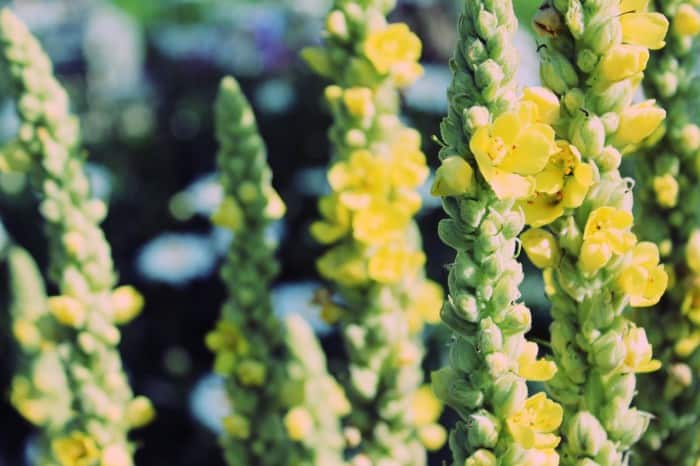
1. Mullein
This wild plant is dubbed a “weed” far too often. Not only has mullein been one of the most used of natural toilet paper plants, it has also been used as a base ingredient in natural home remedies for thousands of years.
Mullein plant leaves are amazingly velvety soft – perhaps far more so than the cheap toilet paper you would be forced to stockpile to save money when buying enough to fulfill your sanitary needs without busting your budget.
Mullein has been referred to as both the “cowboy” toilet paper plant, and the “Indian” toilet paper plant due to its wide and common usage as natural toilet paper during the 1800s.
This biennial plant can grow to six feet tall, and thrives in dry soil. It is not uncommon to see mullein growing in livestock pastures and along the roadside in sunny or partially shady spots. The tall and thin yellow tassels at the top of the mullein plant make it incredibly easy to identify.
I know of no dangerous look-alikes for the mullein plant. Individuals who are more susceptible to skin rashes could experience contact dermatitis from using this toilet paper plant, but the irritation is usually just mild and temporary.
During the pioneering era, some women uses mullein as a natural makeup. Mullein was dubbed “Quakers Rogue” because women who were not allowed to wear cosmetics for religious reasons rubbed the leaves onto their cheeks to give them a rosy color naturally.
This toilet paper plant grows in great abundance in the wild, but is often sprayed with chemical-based pesticides when not nestled in private property or deep in the woods.
You can forage for mullein from spaces where you know it has not been sprayed, or you can grow your own to keep an abundant supply readily available.
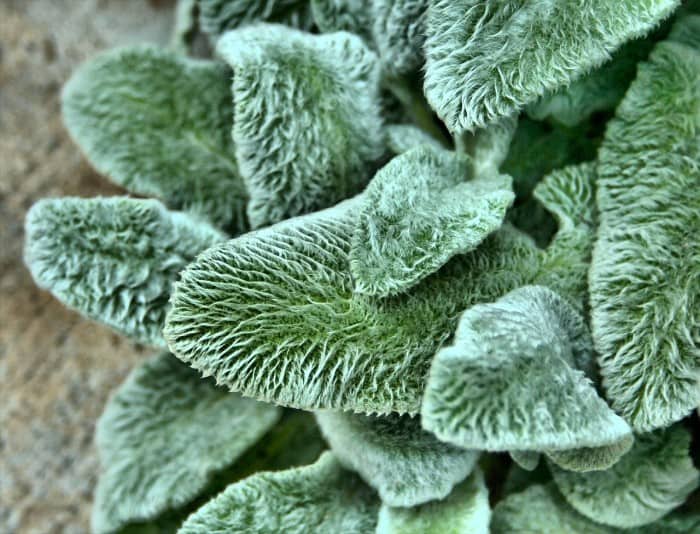
2. Lamb’s Ear
Like mullein, lamb’s ear has extremely soft and absorbent leaves. It also grows abundantly throughout the bulk of the United States.
Some folks who regularly grow or use lamb’s ear for a variety of wild edible and medicinal homesteading reasons, often describe the leaves as feeling cloud-like.
Leaves from a lamb’s ear plant are extremely broad, making then superb to use as a natural alternative to toilet paper. There are no known dangerous look-alikes to lamb’s ear.
Not only can you use grown or foraged lamb’s ear leaves for toilet paper, they also make great natural bandage alternatives, as well.
The antibacterial properties this plant is often credited with also add to its attractiveness as a baid-aid alternative in a survival situation.
Lamb’s ear can be grown indoors in small pots during the winter months or the leaves can be dried flat and placed in a jar or Ziploc baggie for use as natural toilet paper on an as-needed basis.
3. Blue Spur Flower
The Blue spur flower or Plactranthus Barbadas plant is a tall and beautiful shrub that was once planted next to outhouses for ease of use after doing your business.
Blue spur flowers are biennial plants that are also often called the Indian Coleus or Coleus Forskohlii.
This toilet paper plant only grows outdoors in hot or tropical regions. The broad leaves on the plectranthus barbatus plant are broad, soft, and boast a sweet smell.
Due to the thick texture of the leaves, it only takes one or two to get the bathroom wiping job done. Because the blue spur flower is toxic to animals, thickets of this bush tend to grow large and plentiful to a nearly invasive nature.
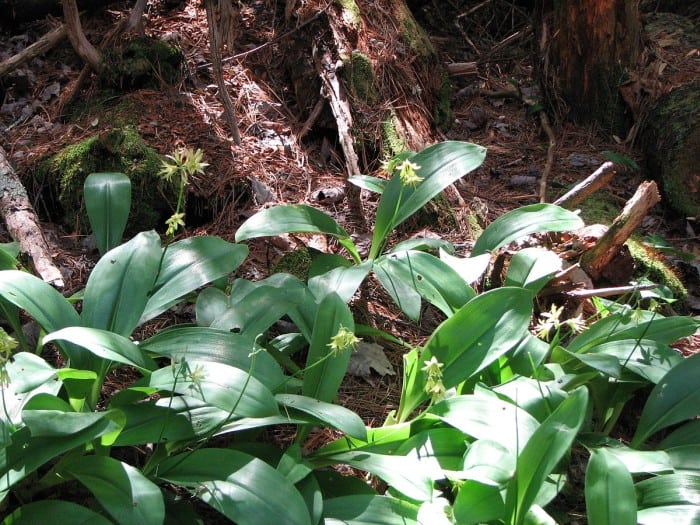
4. Corn Lily
This plant grows freely in the western United States. Corn lilies are often found thriving in sunny pastures and open fields. It would be nearly impossible to find a toilet paper plant with a leaf as broad as this plant – they can grow to the same width as a football.
The leaves are not as soft as those from a lamb’s ear or mullein plant, but they are exceptionally sturdy – which can also come in handy when taking care of a messy situation.
Take note of the smell and look of corn lily plants before you use them as a natural alternative to toilet paper.
When this plant becomes ridden with disease or especially from drought, it will begin to stink terribly, hence its “false skunk cabbage” nickname.
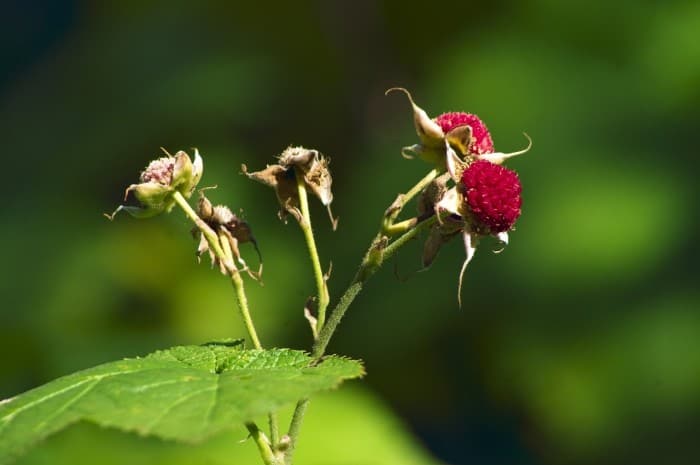
5. Thimbleberry
This toilet paper plant is most often found growing naturally in the western regions of the country, and in some areas of the northeast.
Finding or growing this plant offers multiple benefits. If in season, you can pick the delicious berries, and then use the leaves as survival toilet paper.
Thimbleberry leaves are sturdy like those on the corn lily and very broad, as well. It usually only takes two leaves – even if you fold them in half for extra thickness, for use as a natural toilet paper alternative.
Leaves are soft and fuzzy and as large as the hands of some adult users. Thimbleberry plants often grow in mountain regions and prefer the shade and moist soil.
6. Pink Wild Pear
This plant only grows in agricultural zone one or indoors during the winter months under proper heat and humidity conditions.
But, the pink wild pear is still an excellent toilet paper plant – you just won’t likely be able to forage it in most regions of the United States.
The pink wild pear, or Dombeya burgessiae is another multi-use survival plant. In addition to being able to use its thick and soft leaves as toilet paper, you can also use the fiber from the bark of this shrub style plant to weave baskets and make rope.
7. Large Leaf Aster
Native Americans used the large leaf aster not only to wipe themselves, but also as an edible and medicinal ingredient in recipes. The large leaf after is common in most areas of the United States.
Expect to find this toilet paper plant in a shady spot beneath trees on the edge of the woods. It is fairly easy to identify from its thick and soft heart-shaped leaves, and the tiny violet flowers that emerge in the spring.
Toxic Toileting
In your forage for workable toilet paper alternatives, you’re likely to run across some undesirable plants. Here’s some tips on how to avoid nature’s most undesirable:
❌Poison Ivy
Like its cousin poison oak, poison ivy leaves come in bunches of three. They are green with pointy tips. The middle stem is the longest, while its side leaves are mitten-shaped, with ridges that resemble ‘thumbs’.
- Its vine has hairy protrusions that are also toxic.
- The leaves turn a reddish hue in the spring.
- Do not touch this plant or use it as firewood. You’ll find them growing against rocks and around larger trees.
❌Poison Oak
This nasty little shrub is deciduous, which means it loses leaves in winter. Its leaves, recognizable by their smooth, rounded edges, are tinged with red in the spring.
- Depending on the climate, it shows itself as a climbing vine or ground cover.
- The leaves and stems are covered with sticky oil covers. The oil causes a stinging, itching rash if exposed to skin. It spreads very quickly, so be careful not to touch other parts of your body. Wash your infected clothes immediately.
- When encountering poison oak, remember the old hiker’s mantra: ‘Leaves three, let it be’.
❌Poison Sumac
The harmless staghorn sumac, with its jagged leaves, fuzzy stem and red flower, often grows alongside its poisonous cousin, the poison sumac is the non-poisonous version.
- You’ll know the poison sumac by its clusters of 7-13 rounded leaves.
- Its stem is smooth and fuzz-free.
Toilet Paper Plant Warnings
Even though none of the plants on this list are known to cause allergic reactions, that does not mean they will be safe for use by everyone.
Now is the time to consult your doctor about any potential problems with using these plants.
Testing a small amount of the plant as a natural toilet paper now to determine if it is safe for you to use will be a whole lot safer than suddenly beginning to use it during a long-term disaster when emergency medical help is not available.
A topical allergic reaction that is severe could cause a hive breakout that, when left untreated, could cause breathing problems or entirely block an airway.
What to Do If You’re Exposed
- If exposed, immediately wash your skin with alcohol, plant poison wash or detergent, mixed with plenty of water. Make sure you rinse frequently.
- Scrub under your fingernails, as toxins can get trapped there.
- Calamine lotion or hydrocortisone cream, must-haves for any first-aid kit, will help to relieve itching and blistering.
- An antihistamine such as Benadryl may also reduce itching, but make sure you follow the directions on the package and prepare yourself for drowsiness.
Wrap-Up
Learning how to grow your own toilet paper plant and how to preserve them for future you can save a lot of money on a prep that sometimes is not given as much credence as it should be when drafting a survival plan and budgeting preps.
You surely do not want to begin pondering how to take care of bathroom needs, or come up short on a necessary daily items like toilet paper, when so many far more serious and pressing needs and tasks must be attended after disaster strikes.
If you’re looking for other TP alternatives, we’ve made a list here.
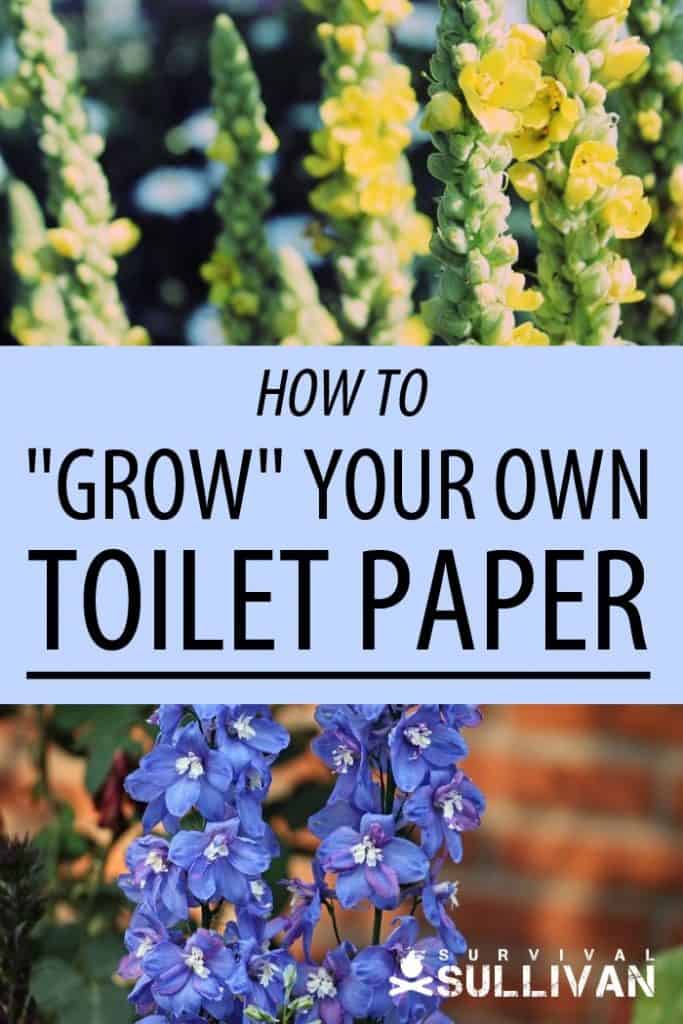

Tara Dodrill is a homesteading and survival journalist and author. She lives on a small ranch with her family in Appalachia. She has been both a host and frequent guest on preparedness radio shows. In addition to the publication of her first book, ‘Power Grid Down: How to Prepare, Survive, and Thrive after the Lights go Out’, Dodrill also travels to offer prepping tips and hands-on training and survival camps and expos.

Most of the mentioned plants don’t grow here or not in abundance. Grasses, cottonwood and aspen leaves did the job if other things weren’t so easily available.
Another NO: stinging nettle
I’d like to recommend turnsole, or Indian Heliotrope, as another possible toilet paper alternative. It has fuzzy leaves. I tested it by rubbing it on the underside of my arm several days in a row and no rash developed. But I havn’t tested it as toilet paper yet. I no longer live in a place where it grows.
My great-grandfather made use of shelled corn cobs. After the outhouse collapsed, he simply took to the woods with a couple of cobs in his pocket. We kids knew to stay away from the trees that had corn cobs at their base! LOL!
What do you think about comfrey leaves? Also, what is the best way to dispose of the leaves after use?
Take a shovel and bury feces and leaves.
Please don’t use comfrey. Comfrey can cause liver problems.